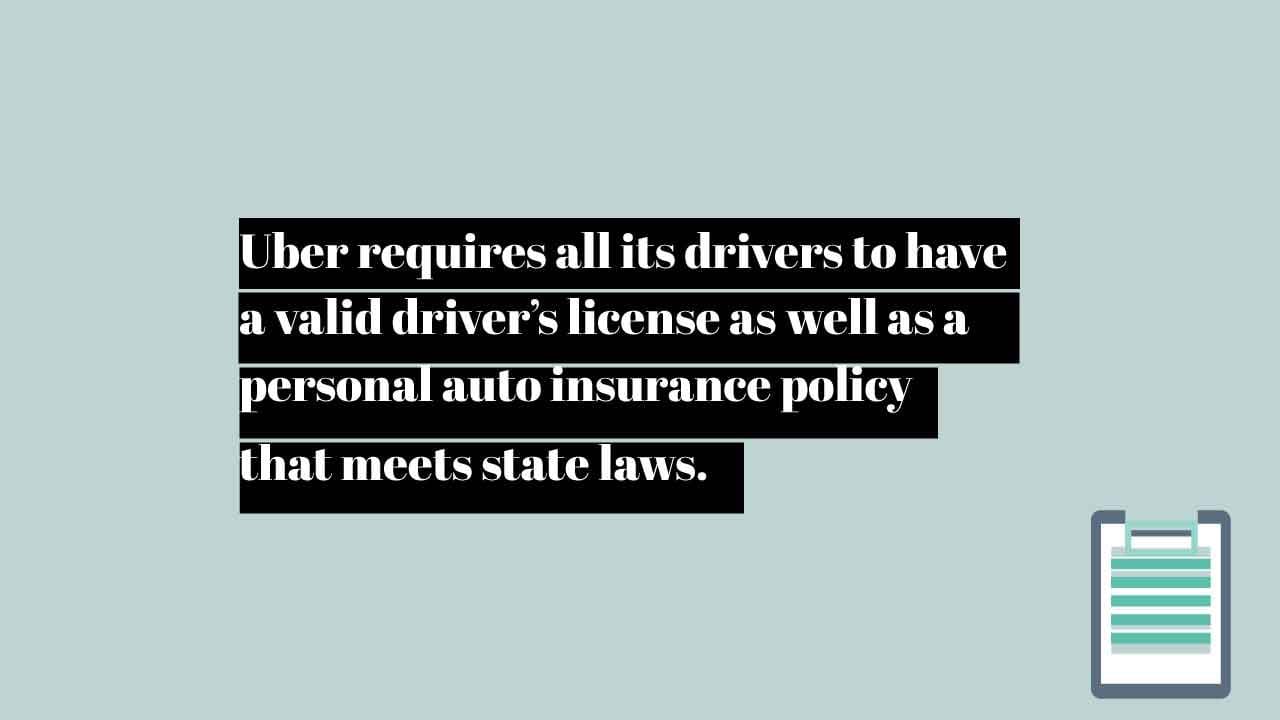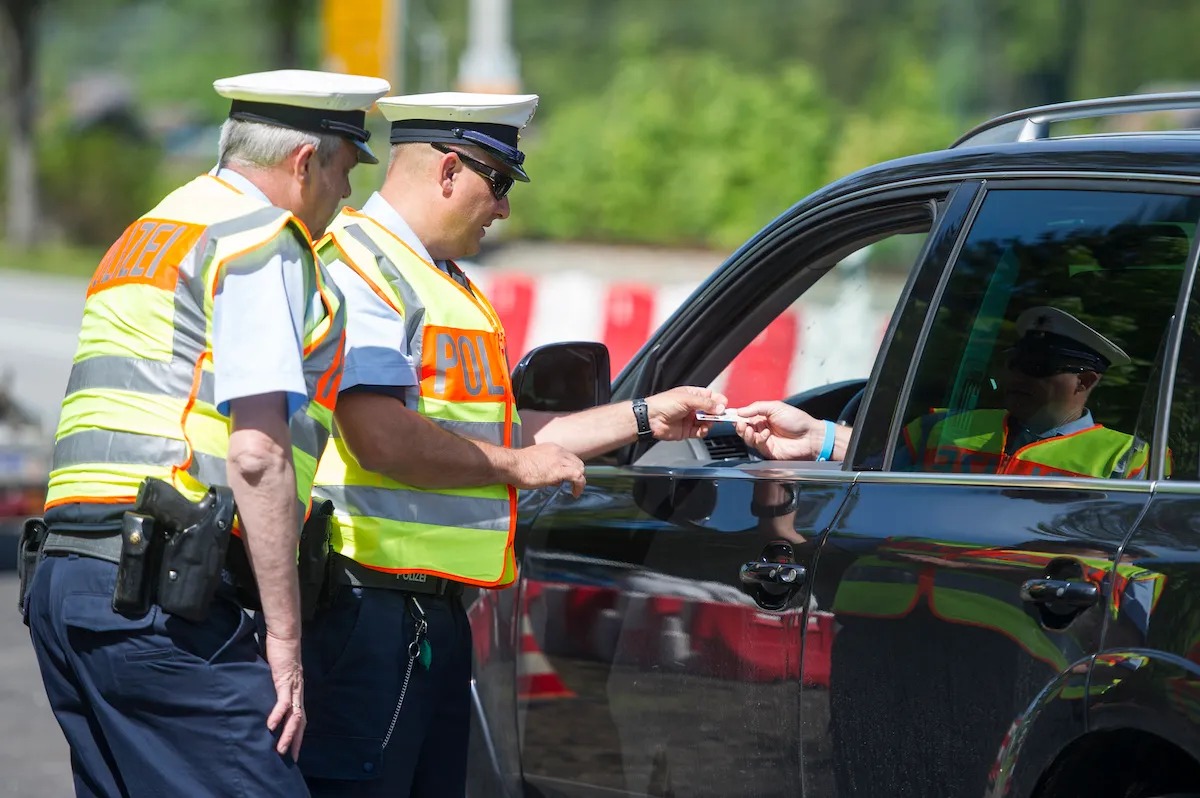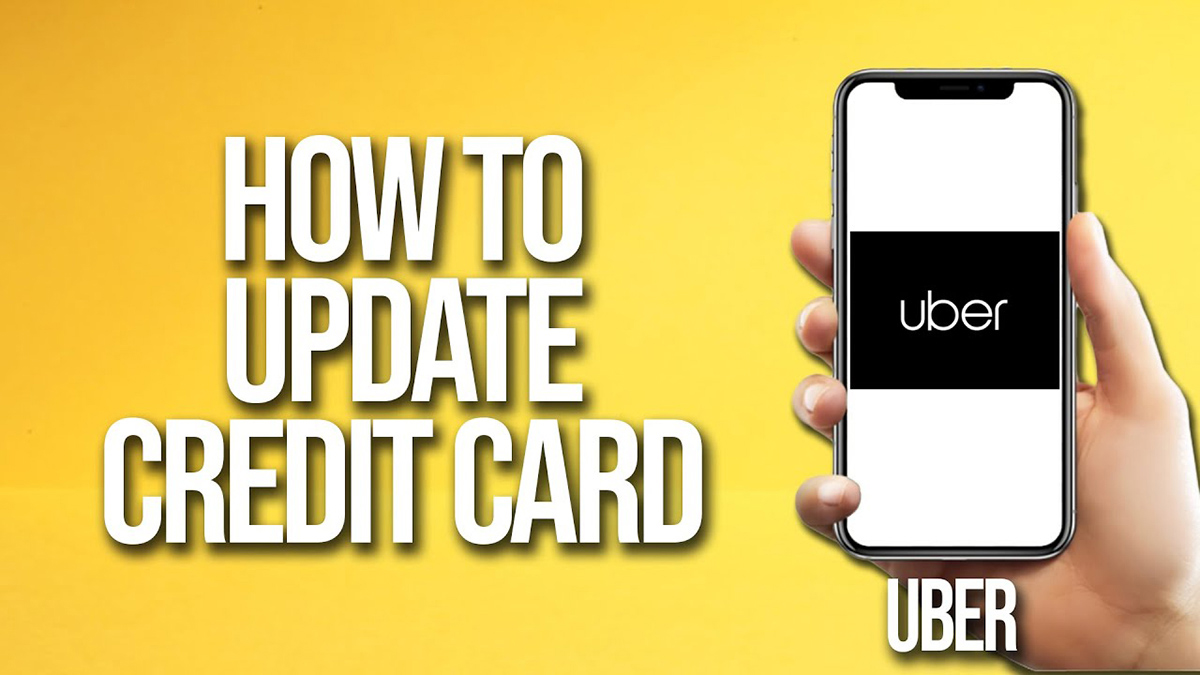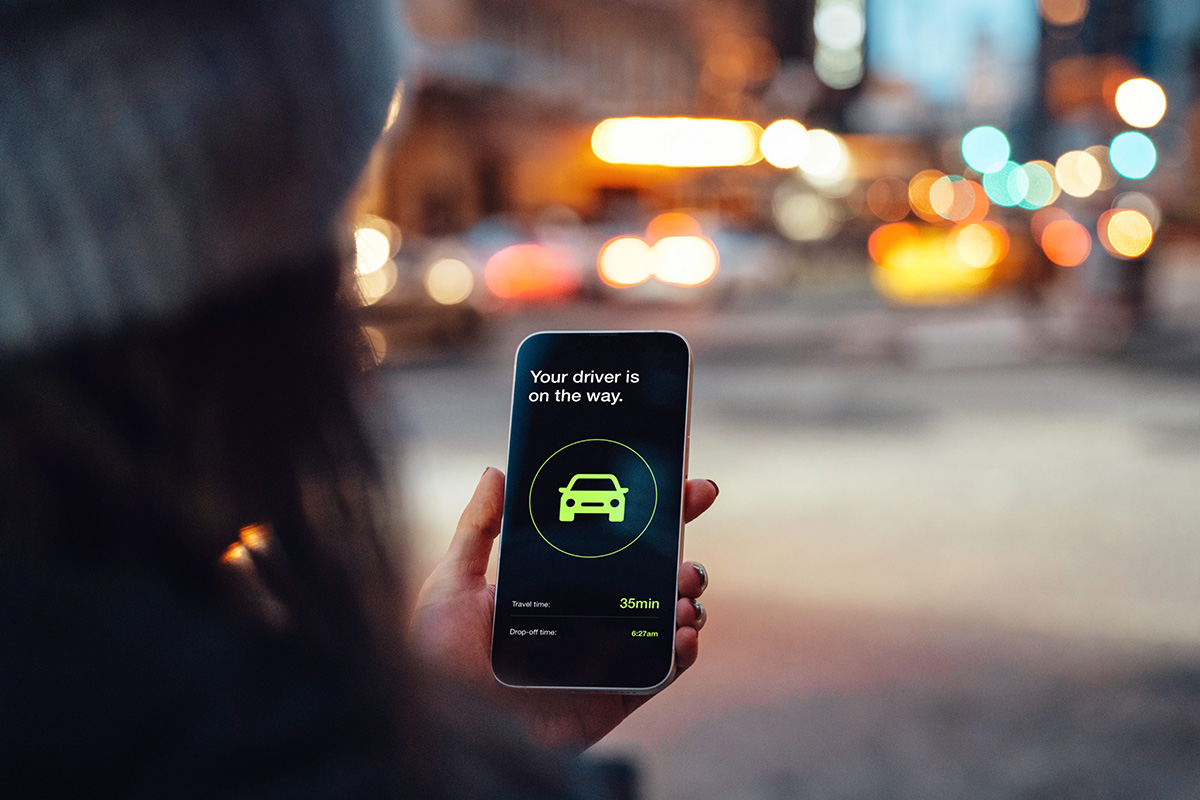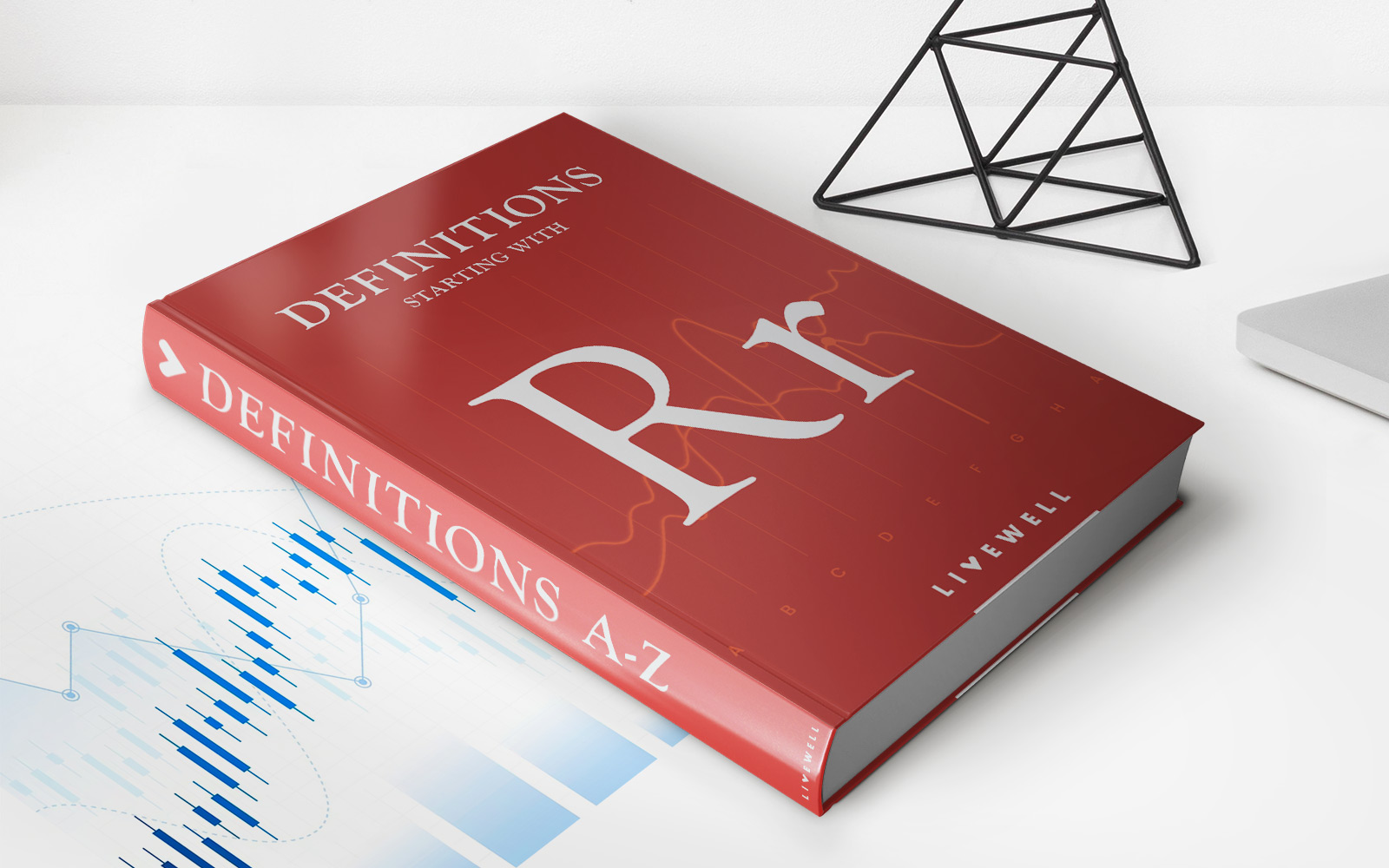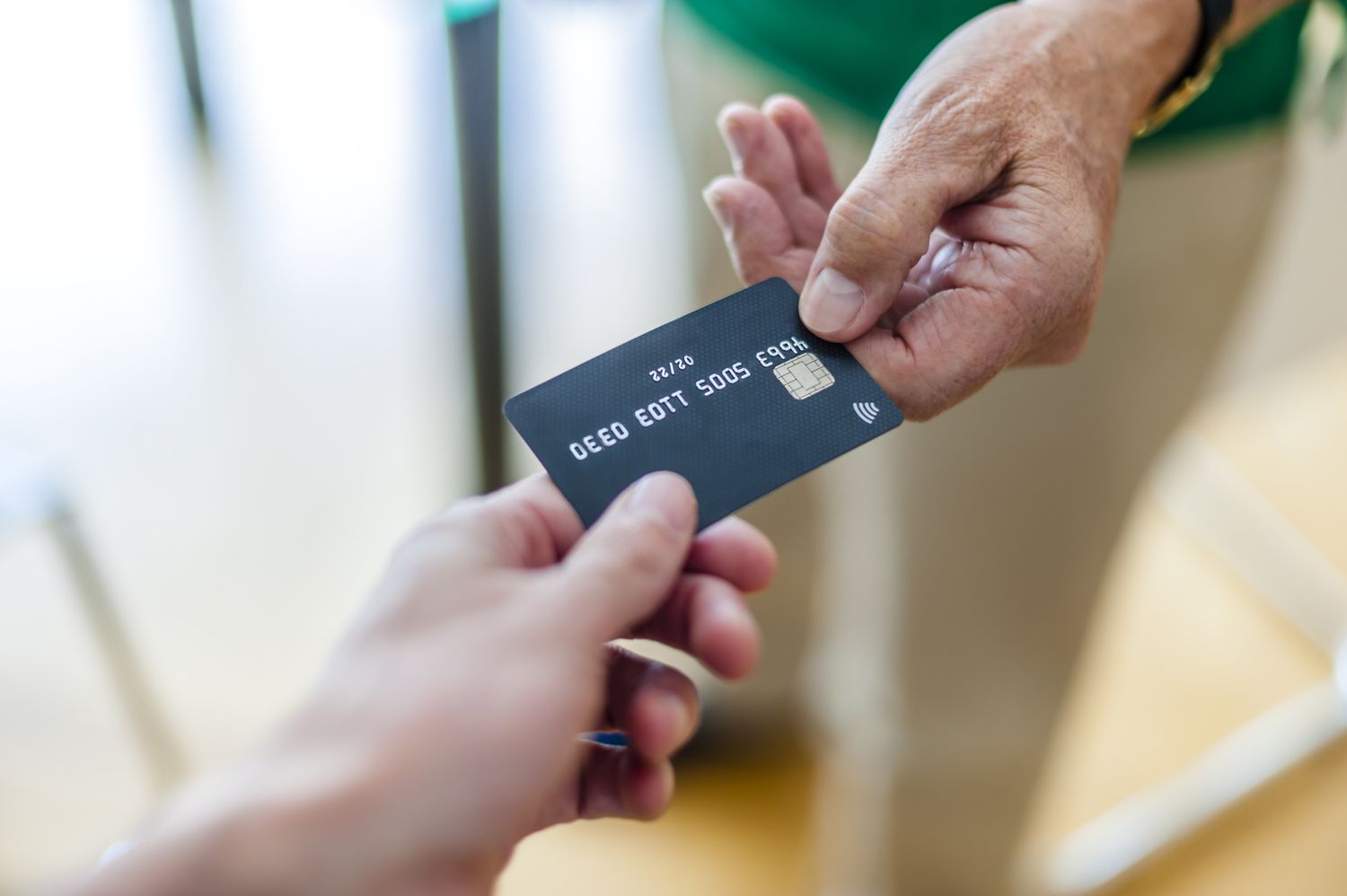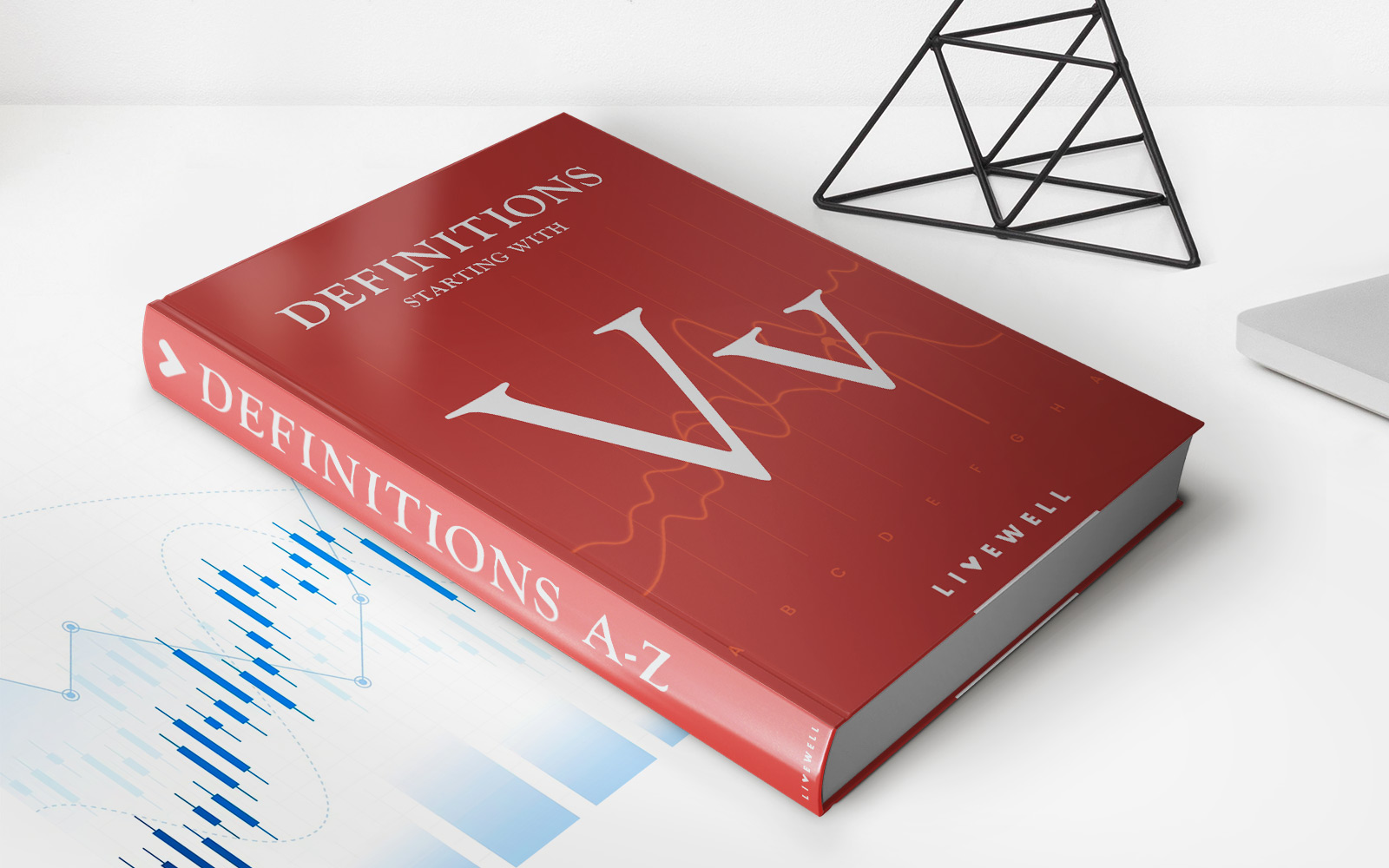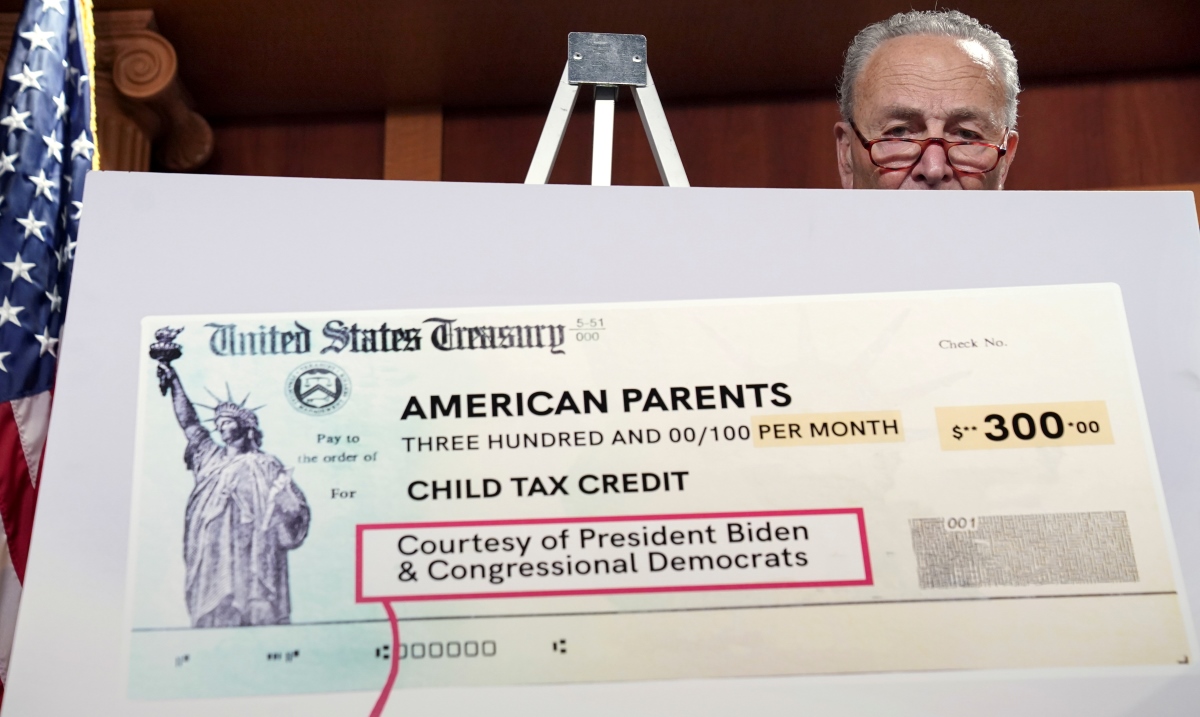

Finance
How Does Uber Verify Insurance?
Published: November 8, 2023
Learn how Uber verifies insurance for its drivers and ensure financial protection and peace of mind while on the road. Discover the finance process behind Uber's insurance verification.
(Many of the links in this article redirect to a specific reviewed product. Your purchase of these products through affiliate links helps to generate commission for LiveWell, at no extra cost. Learn more)
Table of Contents
Introduction
In recent years, ride-sharing platforms like Uber have revolutionized the way people get around in cities around the world. With the convenience of a smartphone app, passengers can request rides at any time, while drivers can earn extra income by offering their vehicles and services. However, one important aspect of the ride-sharing model is ensuring the safety and security of both drivers and passengers. Part of this includes verifying the insurance coverage of Uber drivers to protect against unforeseen accidents or incidents.
Uber has put in place a comprehensive insurance policy that covers both drivers and passengers during a trip. This insurance policy serves as a safety net, providing financial protection in the event of an accident or injury. But how does Uber verify the insurance coverage of its partner drivers?
In this article, we will provide an overview of Uber’s insurance policy and how the company verifies that its drivers have adequate coverage. We will explore the process of partner driver insurance verification, from document submission to periodic checks. Whether you’re a driver considering joining the Uber platform or a passenger interested in understanding the safety measures in place, this article will help shed light on how Uber ensures that its drivers are properly insured.
Overview of Uber’s Insurance Policy
Uber’s insurance policy is designed to provide coverage for drivers and passengers during a trip. The policy consists of several key components that work together to protect both parties in the event of an accident or incident.
In general, Uber provides coverage in three different periods: offline, online but not yet matched with a passenger, and during a trip with a passenger. The coverage amounts may vary depending on the region and local regulations, so it’s important to check the specific details for your location.
During the offline period, when a driver is not actively using the Uber app, their personal auto insurance is primary and provides coverage as usual. However, it’s important for drivers to inform their personal insurance provider that they also drive for Uber, as this may affect their coverage. Uber’s insurance policy does not provide any additional coverage during these periods.
Once a driver logs into the Uber app and is available to receive ride requests, but has not yet been matched with a passenger, Uber’s contingency coverage comes into play. This coverage typically includes liability coverage for bodily injury and property damage, subject to certain conditions and deductibles. The coverage may also extend to uninsured/underinsured motorist protection.
Once a driver has been matched with a passenger and the trip is in progress, a higher level of coverage is provided. This includes liability coverage for bodily injury and property damage, as well as coverage for the driver’s vehicle in case of physical damage, subject to certain deductibles. Additionally, in some regions, Uber provides coverage for medical expenses and other benefits for drivers and passengers involved in an accident during a trip.
It’s essential for both drivers and passengers to understand the coverage and limits that apply to their specific situation, as well as any additional requirements imposed by local regulations. Uber’s insurance policy aims to provide a comprehensive level of protection, but it’s always a good idea to review your personal insurance coverage and seek professional advice if needed.
How Does Uber Verify Insurance Coverage?
Ensuring that every driver on the Uber platform has proper insurance coverage is a crucial part of Uber’s commitment to safety. To verify insurance coverage, Uber follows a rigorous process that includes document submission and regular checks.
When a driver signs up to become an Uber partner, they are required to provide proof of insurance coverage. This typically involves submitting documents such as their personal auto insurance policy, insurance declaration page, and any additional documents required by local regulations.
Once the documents are submitted, Uber’s internal verification team reviews them to ensure that the driver’s insurance policy meets the minimum requirements set by Uber. This includes verifying that the policy provides coverage during the specified periods and meets the necessary liability limits.
In addition to the initial verification process, Uber conducts periodic insurance checks to ensure that drivers maintain current and valid insurance coverage. This is important as insurance policies can expire or be canceled, leaving drivers without proper coverage. These checks may require drivers to submit updated insurance documents on a regular basis.
Uber also works with insurance companies to receive real-time updates on the status of a driver’s insurance policy. This allows Uber to stay informed and take appropriate action if a driver’s coverage is found to be insufficient or invalid.
In some regions, Uber may require drivers to obtain specific additional coverage, such as commercial auto insurance or rideshare endorsement on their personal auto insurance policy. This ensures that drivers have the necessary coverage to protect themselves and their passengers while operating as a rideshare driver.
It’s important to note that while Uber verifies insurance coverage, drivers are still responsible for maintaining their own insurance policies and complying with local insurance regulations. It’s always recommended for drivers to review their insurance policies with their providers and ensure they have the appropriate coverage for their rideshare activities.
By implementing a thorough verification process and conducting regular insurance checks, Uber strives to maintain a safe and reliable platform for both drivers and passengers.
Partner Driver Insurance Verification Process
The insurance verification process for Uber partner drivers is a crucial step in ensuring the safety and reliability of the platform. When drivers sign up to become an Uber partner, they must go through a verification process to confirm that they have adequate insurance coverage. Here’s an overview of the partner driver insurance verification process:
1. Document Submission: During the sign-up process, Uber requires drivers to submit documents that prove they have valid auto insurance coverage. This typically includes their personal auto insurance policy, insurance declaration page, and any additional documents required by local regulations. Drivers are instructed to upload clear and legible copies of these documents through the Uber app or web portal.
2. Document Review: Once the documents are submitted, Uber’s internal verification team reviews them to ensure that they meet the minimum requirements set by Uber. They check that the insurance policy provides coverage during the specified periods and that it meets the necessary liability limits. The team carefully examines the documents to ensure accuracy and compliance.
3. Insurance Confirmation: Once the documents are reviewed and approved, Uber confirms the insurance coverage of the driver. This confirmation may be done either through direct communication with the insurance company or by validating the information provided by the driver against the insurance policy document. Uber ensures that the coverage is valid and current at the time of verification.
4. Periodic Insurance Checks: To maintain the integrity of its platform, Uber conducts periodic insurance checks. This involves requesting drivers to submit updated insurance documents on a regular basis. These checks help verify that drivers are continuously maintaining proper insurance coverage and that their policies have not expired or been canceled.
5. Real-Time Updates: Uber also works closely with insurance companies to receive real-time updates on the status of a driver’s insurance policy. This allows Uber to promptly take action if a driver’s coverage is found to be insufficient or invalid. Real-time updates help ensure the accuracy and timeliness of insurance verification.
By implementing a thorough and robust insurance verification process, Uber aims to maintain a high level of safety and protection for both drivers and passengers on its platform. The process of submitting documents, reviewing coverage, conducting periodic checks, and receiving real-time updates is essential in ensuring that all drivers have valid insurance coverage while operating as Uber partners.
Document Submission and Review
When becoming an Uber partner driver, one of the crucial steps is the submission and review of insurance documents. Uber requires drivers to provide proof of insurance coverage to ensure the safety and protection of both drivers and passengers. Here’s how the document submission and review process works:
1. Submission Requirements: During the sign-up process, Uber instructs drivers to submit specific insurance documents. These typically include their personal auto insurance policy, insurance declaration page, and any additional documents required by local regulations. Drivers are prompted to upload clear and legible copies of these documents through the Uber driver app or web portal.
2. Uploading Process: Once the necessary documents are gathered, drivers can easily upload them to the Uber platform. The app or web portal provides a user-friendly interface, guiding drivers through the process of uploading their insurance documents. Drivers are prompted to select the files from their device’s storage and ensure that all relevant information is clearly visible and legible.
3. Review by Uber’s Verification Team: The uploaded insurance documents are then reviewed by Uber’s internal verification team. This team consists of trained professionals who carefully review the documents to ensure that they meet the insurance requirements set by Uber. They check for important details such as the coverage periods and liability limits to ensure compliance with Uber’s standards.
4. Accuracy and Compliance Check: During the review process, the verification team pays close attention to the accuracy and compliance of the submitted documents. They cross-reference the information provided with the insurance policy document to ensure that it matches. This step helps eliminate any discrepancies or potential fraud, ensuring the validity of the insurance coverage.
5. Verification Completion: Once the verification team has thoroughly reviewed the insurance documents and confirmed their accuracy and compliance, the verification process is considered complete. The driver is then notified of the successful verification, and their insurance coverage status on the Uber platform is updated accordingly.
The document submission and review process is a crucial component of Uber’s efforts to ensure that its partner drivers have the necessary insurance coverage. By carefully examining the documents provided by drivers, Uber can verify that the coverage meets its requirements and provide a safe and secure environment for both drivers and passengers.
Periodic Insurance Checks
As part of its ongoing commitment to safety and compliance, Uber conducts periodic insurance checks to ensure that its partner drivers maintain valid and current insurance coverage. These checks are a proactive measure to protect both drivers and passengers. Here’s how periodic insurance checks work:
1. Frequency of Checks: Uber performs periodic insurance checks at regular intervals. The frequency may vary based on local regulations and company policies. These checks help to ensure that drivers are continuously maintaining insurance coverage throughout their time as Uber partners.
2. Request for Updated Documents: As part of the periodic insurance check process, Uber contacts drivers and requests updated insurance documents. Drivers are typically asked to submit the most recent documentation proving that they have valid and sufficient insurance coverage.
3. Submission Deadline: Uber sets a deadline for drivers to submit their updated insurance documents. This allows sufficient time for drivers to obtain and provide the necessary documentation. It also helps Uber maintain an accurate and up-to-date record of insurance coverage for each partner driver on the platform.
4. Verification Process: Upon receiving the updated insurance documents, Uber’s verification team reviews them to confirm that the coverage meets the required standards. They carefully examine the documents, ensuring that they have the necessary coverage periods and meet the liability limits set by Uber.
5. Insurance Status Update: Once the verification process is complete and the updated insurance documents have been approved, Uber updates the insurance status of the driver. The driver’s profile is marked as having valid and current insurance coverage, providing reassurance to both the driver and passengers.
6. Suspension in Case of Non-Compliance: If a driver fails to submit their updated insurance documents within the specified deadline or if their documents do not meet the required standards, Uber may temporarily suspend their account until proper insurance coverage is confirmed. This ensures that all drivers on the platform continue to meet the necessary insurance requirements for the safety and protection of everyone involved.
Periodic insurance checks serve as an important mechanism for Uber to maintain a high level of safety and compliance on its platform. By regularly verifying the insurance coverage of partner drivers, Uber can identify and address any gaps or changes in coverage, ensuring a safer and more secure ride-sharing experience.
Insurance Updates for New Policyholders
As new drivers join the Uber platform, it is crucial for them to have the necessary insurance coverage to ensure the safety and protection of both themselves and their passengers. Uber has implemented processes to facilitate insurance updates for new policyholders, ensuring that they meet the required standards. Here’s how insurance updates work for new policyholders:
1. Notification and Education: When new drivers sign up to become Uber partners, they receive notifications and educational materials explaining the insurance requirements. This includes information on the type of insurance coverage needed, liability limits, and any additional requirements imposed by local regulations.
2. Obtaining Suitable Insurance: New policyholders are responsible for obtaining the appropriate insurance coverage for their rideshare activities. This may involve purchasing a personal auto insurance policy that includes rideshare coverage or acquiring a commercial auto insurance policy, depending on the regulations in their area.
3. Submission and Verification: Once new policyholders have obtained the required insurance coverage, they are prompted to submit the relevant insurance documents to Uber. This includes providing proof of the policy’s coverage periods, liability limits, and any endorsements required by Uber or local regulations.
4. Document Review: Uber’s verification team reviews the submitted insurance documents to ensure that they meet the required standards. They verify that the coverage aligns with the specified insurance periods and meets the necessary liability limits set by Uber.
5. Insurance Confirmation and Account Activation: Once the verification process is complete and the insurance coverage is deemed sufficient, Uber confirms the insurance status of the new policyholder. The driver’s account is then activated, allowing them to start accepting ride requests and operate as an Uber partner.
6. Ongoing Compliance: As with all Uber partner drivers, new policyholders are subject to periodic insurance checks to ensure ongoing compliance with insurance requirements. This includes submitting updated insurance documents at regular intervals and maintaining valid and current insurance coverage throughout their time as an Uber driver.
It is important for new policyholders to familiarize themselves with the insurance requirements and regulations specific to their area. Uber provides resources and support to help drivers understand their insurance options and make informed decisions about obtaining suitable coverage.
By implementing an insurance update process for new policyholders, Uber ensures that all drivers on its platform have the necessary insurance coverage from the moment they begin accepting ride requests. This commitment to insurance compliance helps create a safer and more secure environment for both drivers and passengers.
Conclusion
Ensuring the insurance coverage of Uber partner drivers is essential to maintaining the safety and security of both drivers and passengers. Uber has implemented a comprehensive insurance policy and verification process to confirm that its drivers have adequate coverage. Through document submission, review, and periodic checks, Uber aims to create a reliable and secure ride-sharing platform.
Uber’s insurance policy provides coverage during different periods, including offline, online but not yet matched with a passenger, and during a trip with a passenger. It is incumbent upon drivers to inform their personal insurance providers and understand any potential impacts on their coverage when driving for Uber.
The insurance verification process begins when drivers submit their insurance documents, such as their personal auto insurance policy and declaration page. Uber’s internal verification team rigorously reviews these documents to ensure compliance with its requirements, including the necessary liability limits and coverage periods.
Uber also performs periodic insurance checks to ensure that drivers maintain valid and current insurance coverage. These checks request drivers to submit updated insurance documents at regular intervals. Uber also collaborates with insurance companies to receive real-time updates on the status of drivers’ insurance policies.
New Uber driver policyholders are notified of the insurance requirements and responsible for obtaining the appropriate coverage. They must submit their insurance documents for verification, after which their insurance status is confirmed, allowing them to start operating as an Uber partner.
In conclusion, Uber’s commitment to verifying insurance coverage ensures that both drivers and passengers are protected while using the platform. By implementing a robust insurance verification process and conducting periodic checks, Uber strives to maintain a safe and secure environment for the ride-sharing community. Drivers are encouraged to stay informed about insurance requirements and consult their personal insurance providers to ensure they have the appropriate coverage for their rideshare activities.


